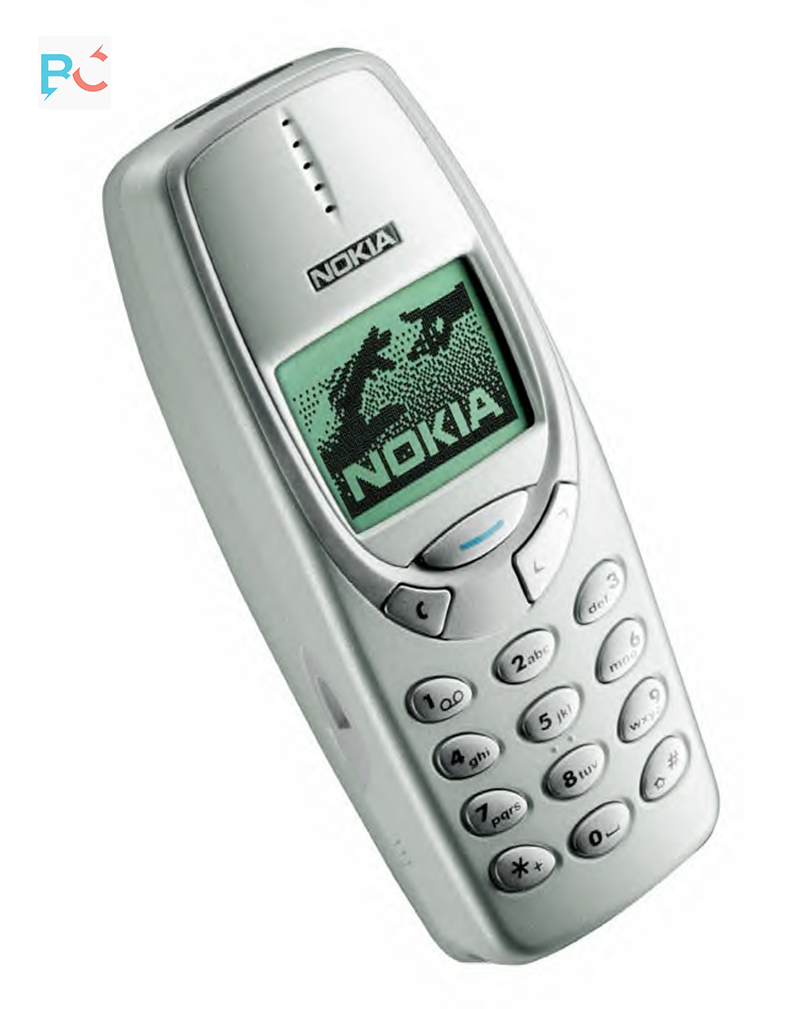Motorola DynaTAC 8000X:

This was the first commercially available handheld mobile phone, introduced in 1983. It took over a decade of research and development under the leadership of Martin Cooper at Motorola to achieve this milestone, culminating in the first mobile phone call in 1973. The phone weighed 790 grams, had a battery life of 30 minutes, and cost $3,995.
Nokia 1011:

This was the first mass-produced GSM phone, launched in 1992. It was named after its launch date, 10 November. The phone had a monochrome LCD screen, an extendable antenna, and could store 99 phone numbers. It also supported SMS messaging, which was a new feature at the time.
IBM Simon Personal Communicator:

This was the first smartphone, released in 1994. It combined the functions of a mobile phone, a personal digital assistant (PDA), a fax machine, and a pager. It had a touchscreen interface, a stylus, and several built-in applications, such as a calendar, a calculator, a world clock, and an email client.
Motorola StarTAC:

This was the first clamshell or flip phone, launched in 1996. It was inspired by the communicator device used in Star Trek. It was also one of the first phones to feature a vibrating alert, a hands-free headset, and an alphanumeric display. It was very popular and sold over 60 million units worldwide.
Nokia 3310:

This was one of the most successful phones ever made, released in 2000. It was known for its durability, long battery life, and user-friendly design. It also had some iconic features, such as customizable covers, four games (including Snake II), and the Nokia ringtone. It sold over 126 million units globally.
